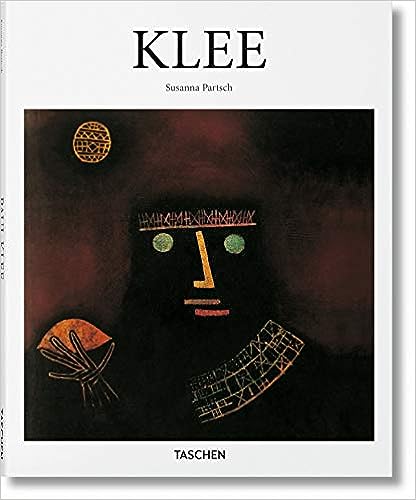Новинка



Подарочная карта
В одном заказе можно применить только одну подарочную карту. Остаток по карте можно использовать в других заказах.
Промокод
В одном заказе можно применить только один промокод